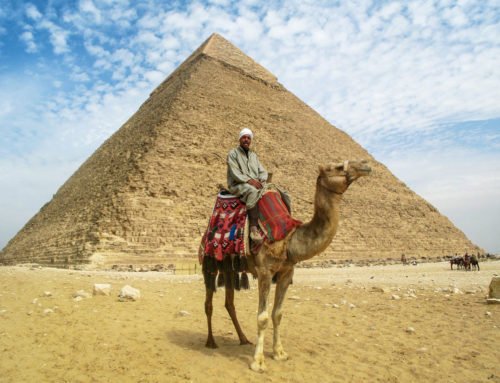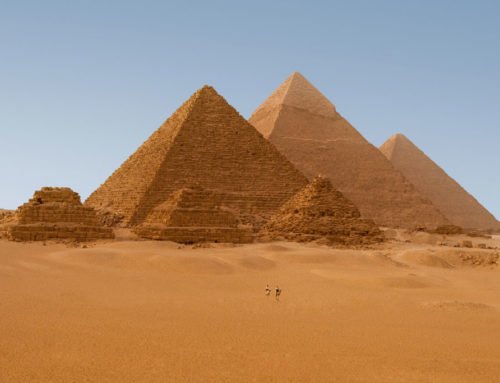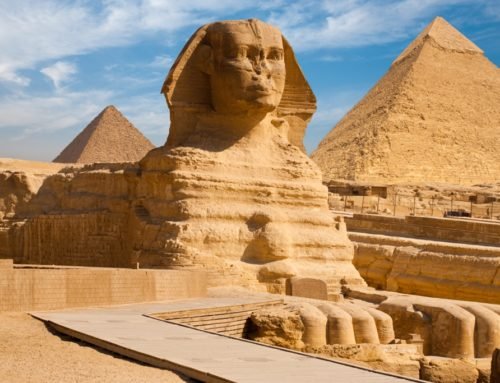Overview
- Features:
- Opening Times: 7:30 am to 4:00 pm, daily
- Best Time to Visit: Early morning
- Duration: 1 to 2 hours
- Travelled By: On the Go Tours
- Cost:
- Address: Giza Necropolis, Egypt
- Type: Monument
Author Reviews[display_rating_item_results rating_form_id=”2″ rating_entry_ids=”1″ show_category_filter=”false” show_options=”true” result_type=”star_rating” preserve_max_rating=”true” show_title=”false” show_count=”false” ]
Total Rating: [display_rating_result rating_form_id=”2″ show_count=”false” show_rich_snippets=true] [accordions load=”1″] [accordion title=”User Reviews” last] [display_rating_item_results rating_form_id=”5″ show_options=”true” result_type=”star_rating” preserve_max_rating=”true” show_title=”false” show_count=”true” show_rich_snippets=true] [/accordion] [accordion title=”Add Review”][display_rating_form show_email_input=”true” show_comment_textarea=”true” show_name_input=”true” rating_form_id=”5″] [/accordion] [/accordions]
Summary
Commonly known as the Great Pyramid of Giza, the Great Pyramid of Khufu (also known as Cheops) is the oldest pyramid in Giza and the largest of all the pyramids in Egypt. The Great Pyramid is a great feat of human engineering and is the only surviving Ancient Wonder of the World.
Great Pyramid of Giza
Commonly known as the Great Pyramid of Giza, the Great Pyramid of Khufu (also known as Cheops) is the oldest pyramid in Giza and the largest of all the pyramids in Egypt. When the Great Pyramid was completed around 2570 BC, it stood 146m high. Until the 19th century it was the tallest building in the world.
Architectural Wonder
The Great Pyramid of Giza is a great feat of human engineering as nearly 2.3 million limestone blocks were used to build it, each weighing about 2.5 tonnes each, with some stones at the base weighing as much as 15 tonnes.
Moreover, for such a vast structure the precision is amazing – the greatest difference in length between the four 230-m (756-ft) sides is only 4 cm (2 inches). The construction methods and exact purpose of some of the chambers and shafts are unknown, but the fantastic architectural achievement is clear.
Inside the Great Pyramid of Giza
There isn’t much to see inside the pyramid, but the experience of climbing through the ancient structure is unforgettable. If you suffer the tiniest degree of claustrophobia, don’t attempt to enter the Great Pyramid as the passages are narrow and the spaces are tight, and in the heat of the summer stuffed with tourists, the inside of the pyramid is guaranteed to set you off. The elderly and unfit should also not attempt the climb, as it is very steep.
If you choose to enter the Great Pyramid, the two areas worth checking out are the King’s Chamber and the Great Gallery.
The King’s Chamber is reached through a passage that descends to an unfinished tomb (usually closed) about 100m long and 300m deep in the bedrock. Probably emptied 600 years after being built, the chamber, despite holding only a lidless sarcophagus, was often broken into by treasure seekers. Notice the “air shafts” on the walls – these may have been symbolic paths for the king’s soul to ascend to the stars.
The Great Gallery can be accessed through a passage that ascends for about 40m after entering the pyramid. This impressive area, 47m long and 8.5m high, is thought to have been used as a slipway for the huge blocks that sealed the passageway.
As you move through the Great Pyramid notice the extraordinary stone masonry involved in fitting the building blocks together and pause to consider the skill involved in positioning the massive slabs of limestone and granite that make up the walls and roof.
As you explore inside the Great Pyramid, look out for the graffiti from the time of construction in the stress-relieving rooms. Built to protect the chamber, these rooms also hold the only reference to Khufu in the pyramid – the graffiti states the names of the gangs who built the pyramid – one such name being “How powerful is the great white crown of Khufu”.
Queens’ Pyramids
Outside, on the eastern side of the pyramid, three small structures some 20m high resemble pyramid-shaped piles of rubble. These are the Queens’ Pyramids, the tombs of Khufu’s wives and sisters. You can enter some of them, but they’re quite steamy inside and not worth your time.







